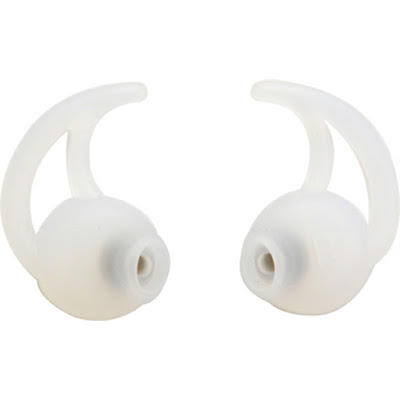Application of Silicone Rubber Keypad

Common applications of silicone rubber keypads include remote controls for TV, video and HIFI units, electronic toys and games, and industrial control equipment. Industrial silicone rubber keypads such as ones produced by CTI Electronics Corporation are used in the medical, marine, or, military are typically sealed comply to specific industry standards such as NEMA or IP66 for protection against elements such as liquids or dust. Mobile phone handset manufacturers have, in recent years, been the main consumer of rubber keypads worldwide. Their involvement has led to advances in technology including the use of hard plastic key tops bonded to a rubber keypad and also the use of embossed Mylar layer to produce an enhanced tactile response. With the increased use of low current switching within automobiles, silicone rubber keypads are being used extensively as switch mechanisms for various function buttons such as window lifts and stee...


